Education, Interviews
Portland Detective Speaks on “Black Lives Matter”, Community Policing, and Human Trafficking vs. Prostitution
He’s white, he’s middle aged, and he’s a cop.
I was fortunate to meet the affable Detective Brendan McGuire in a NE Portland coffee shop, on a sunny summer morning.
It has been a longstanding belief that sex workers and law enforcement share some common parallels: Sex work and community-service/policing should be inherently nurturing, and yet the two seem corrupted by brutality and violence. If law enforcement is muddled with racists and killers, and whoredom has been invested by slave drivers and pimps, how can the two sides understand the other, for the betterment of society?
I don’t have the answer, but I wanted to find out if this seemingly “good cop” shared the same viewpoints as so many of my s-worker friends.
Who are you?
I’ll keep this one fairly brief. I am 41 and was raised in a small farming community in Northern California. I came up to Portland to go to U of P, where I majored in Criminal Justice and Sociology, and never left. I have been a Portland cop for nearly 20 years, working patrol throughout the city for a while and a foot patrol in Old town early on. I was also on the Southeast Precinct Neighborhood Response team just prior to getting promoted to Detective in January of 2008. I spent a number of years investigating sexual assaults before moving over to working sex trafficking cases full time in 2011. Married for 15 years, father to an 12 year-old boy.
Where do we begin?
When I was promoted in 2008, the Police Bureau was in a bit of a state of flux in how it dealt with prostitution and trafficking. Historically, street level enforcement was primarily based on a neighborhood livability model (residents complain about prostitutes/johns in their neighborhood and the cops go chase them away or arrest them) and long term investigations were run by 2 officers and a Sergeant in our Drugs and Vice Division (DVD). These long-term cases largely focused on prostitution enterprises within clubs, lingerie modelling businesses and the like. Those officers were just beginning to get involved with juvenile trafficking cases and adult compelled prostitution cases. The internet was beginning to take over the prostitution market and Craigslist was big.
About that same time, the national push to change Law Enforcements view of prostitution was just beginning, and a few pioneering departments (including PPB) around the country began shifting toward a more victim centered approach. The Supervisor of our Sex Crimes Unit at the time, Sgt. Mike Geiger (now retired) spearheaded PPB’s efforts. The officers and Sgt. from DVD were reassigned to the Detective Division and Detectives from the Sex Crimes Unit, who were trained and experienced in investigating major felony cases, took on the lead role in the juvenile/compelled adult cases. These detectives already had great working relationships with service providers like SARC (Sexual Assault Resource Center) that could be leveraged to assist the trafficking victims. This morphed a couple of times in the following years until 2011 when PPB created a dedicated Trafficking Unit with 4 Detectives and a Sergeant.
In 2011, I had been working in the Sex Crimes Unit for a couple of years and a couple of things happened that summer that caused me to move to trafficking cases exclusively. First, I realized that it was very difficult to handle both a sexual assault caseload and a trafficking case load effectively. Trafficking cases are tremendously labor intensive and complicated and can take months or, rarely, years to bring to fruition. The second thing that occurred was that I worked two serial rape cases in the area that involved about ten different sex worker victims who were raped, assaulted, and in several cases stabbed. This got me thinking that there had to be a better way to serve this population. I also believed that as bad as the perpetrators of those crimes were, and as fulfilling as it was to charge them, the guys who were profiting from violently forcing these women and girls into the situation were more evil.
Can you explain the difference between prostitution and sex trafficking?
This question brings up a pet peeve I have with the popular view of this topic as seen in the media… I’ll get to that in a minute. The simple answer is that The Oregon Revised Statutes define Prostitution as simply the act of exchanging anything of value for a sexual act. It does not differentiate between customer and provider. Recently laws have been added to more accurately address the purchasers of sex (Patronizing a Prostitute ORS 167.008) with a sliding scale of punishment depending on repeat offender status or juvenile involvement. Outside of any additional information, this generally could be viewed as legally consensual, although illegal.
Until recently there was no state law identified as “trafficking.” We relied on two statues to address those who profit off of another’s prostitution activity. Promoting Prostitution basically applies if one receives (or agrees to receive) anything of value in exchange for assisting the activity. This applies to the typical understanding of a madam at a brothel kind of thing, but also could apply to someone who agrees to drive a girl to a date or provide security for her in exchange for a cut of the proceeds, or something similar. Finally there is the “Compelling Prostitution” statute which applies to someone using force or intimidation to compel another to engage in prostitution. This also applies to anyone who aids or facilitates an act of juvenile prostitution. “Compelling” is a Measure 11 charge with mandatory minimum sentence of 70 months in prison if convicted.
Recently, the legislature added the “Trafficking of Persons” statute to the books. This more or less mirrors the Federal statute as by using the “force, fraud, or coercion” language. It also has a section that applies to labor trafficking. This statute is rarely charged, however, because the Compelling Prostitution covers the same behavior and has a greater sentence.
That is kind of the sterile, factual definition of sex trafficking. For a better understanding, I would say sex trafficking is one of the most complex categories of crime there is. It has tremendous similarity to Domestic Violence in the trauma bond that a victim forms with her trafficker. With DV, however, the aggressor has a powerful, albeit corrupted, emotional attachment to the victim. To a pimp their victim is nothing more than a commodity. There are also elements similar to sexual assault cases in the effect on the victims. The victim profile itself significantly ads to the complexity. While it is mostly true that trafficking victims come from all parts of society, they all have one thing in common. They are broken. The manifestation of that break varies as we see addiction issues, abusive families, movement from one foster home to another, child sex abuse, etc. Pimps target those that somehow have a hole in their lives and then fill that hole. So when we arrest a trafficker we then have to figure out how to healthfully fill that hole or that victim will simply find another pimp.
From an investigative standpoint the simple fact that we are generally investigating a relationship over an extended period of time, as opposed to say an instant in time when a robber held up the liquor store, makes the case difficult. It is not uncommon for these cases to take months and generate many thousands of pages of documentation, far exceeding most homicide cases.
Now to my pet peeve: Apparently, if one only watches the news, everything is sex trafficking these days. Ever since this town was dubbed “Pornland” due to the number of adult entertainment venues, it has been common for legal businesses, illegal but consensual prostitution, and forcefully compelled prostitution to all be lumped into one “Sex Trafficking” topic. I think this results in a gross misrepresentation of the issue and allows for media outlets to sensationalize to increase their market share. It is because of this that one regularly hears Portland described as a “hub” of trafficking. Or multi-night stories about “Portland’s Shame” appear on the local news. When actual victimization numbers, which are admittedly illusive, are viewed in relation to cities across the country, Portland fares pretty well. As you are well aware I am sure, Seattle is at the opposite end of the spectrum from Portland as far as strip clubs goes. It is, however, quite similar in trafficking numbers. While not exactly scientific, that fact does kind of hurt the “Strip Clubs=Sex Trafficking” idea. The reality of a girl or woman being raped multiple times a night for the pleasure of johns and the profit of a pimp should be enough for any one of us to want to take action. We shouldn’t need the neon and music.
What are your thoughts on #BlackLivesMatter?
My answer to this is likely to devolve into another rant against the media, as I think the news coverage of the events that gave rise to this movement largely missed the point. But first, I have to say that it is absolutely crucial for the citizenry to constantly evaluate law enforcement performance. As it is crucial for law enforcement to constantly evaluate our own performance, and seek to improve where we are found lacking. We cannot seek the respect of the populace we police if we do not honestly and continually review and strive to improve. I believe that PPB does this very well, but I’ll save that for the next question. When I look at the recent incidents throughout the country I think it is first appropriate to acknowledge that in some of them law enforcement clearly failed in its charge.
One of the reoccurring themes in this discussion is the need for law enforcement to be reflective of the community it polices. The unwelcome truth of the matter when it comes to race relations is that we are. Studies have been done showing gross racial bias in medical professions and care for black patients. We know that similar to women, minority wages fall well behind those of white males. Why do we allow the schools of inner-cities to lag so far behind others? The reality is that systematic racism permeates all of our society. There have been some good studies over the years regarding bias in law enforcement and how it reflects that of non-law enforcement individuals. Check out this article for some light reading. I have not read all of the articles in this link but one of the big take-away’s that I found was that although the police subjects in the various studies did often exhibit racial bias along with the non-police subjects, it was often at a measurably lower level.
I fear that in the case of the recent law enforcement focus we, as a society, are missing the forest for the trees. Baltimore didn’t riot because one man was killed while in police custody (as tragic and appalling as that may be) but because of generations of desperation bred by racial inequality and poverty in their community. These incidents could have been flashpoints for us as Americans to look inward and honestly acknowledge our failings as a society and then work together toward solutions. It is more comfortable, however, to look outward. It is also much easier to avoid introspection entirely and simply follow the lead of the media. Last summer there were multiple news stories every day regarding the Ferguson incident. When there was nothing new to report, the same information was repeated over and over again, seemingly just to keep up readership numbers.
It is a long accepted rule that perception=reality. This link purports to be a list compiled by the NAACP of all of the unarmed people of color killed by police between 1999 and 2014. There are 76 of them listed, or roughly 5 per year. Among these numbers are several that are at least arguable in that they were determined to be suicides, or the deceased possessed either a knife or realistic looking replica firearm. One involving a mall security guard is also listed that I would argue should be removed from the conversation.
Each of these was certainly a tragic and regrettable incident; however, I would argue that it does not equate to an “epidemic” as reported. I would also point out that in many of the cases listed the officer was arrested, charged, and indicted. As I looked through the list, I can recall seeing dozens of news reports about them in print and television. On the flip side there have been at least 17 police officers killed by assault/firearms in the last three months alone, and virtually no national reporting. Unfortunately, for profit media outlets and the timeline of a friends Facebook page (all the more alarming) have become the primary source of information in our society. And it is natural that the frame of reference from which one views the world is based largely on the information coming in.
This article was written Richard R. Johnson, Ph.D., a sociology professor at the University of Toledo. I do not know of the numbers are totally accurate, but I think it is an interesting counterpoint to much of what is out there.
Now that I’ve gone all defensive and statistical (more later) on you, I acknowledge and respect the rage in the movement. Even if I believe that those flames to be lit and flamed by the media, and unjustly turned on Law Enforcement as a whole, I must recognize the reality of the emotion. I, and all of law enforcement, must be willing to be the professionals that we want to be recognized as. We must be willing to examine our role in the situation with brutal honesty on an organizational and personal level. We, and all of our society, must recognize the implicit bias in each of us, and in our institutions, and continually be mindful of how we can combat that bias. Finally, I would add my belief that the #Blacklivesmatter movement needs to reject the media driven view of police as the enemy. I understand that sometimes you just need to scream, but the real success is when the screaming stops and the talking starts.
What are the strengths or weaknesses of Portland Police Bureau?
We have roughly 500,000 citizen contacts a year. Of those, we use force of any kind in less than .3%. Arrest numbers hover around 30,000 a year, in which we use force of any kind less than 5% of the time. So even in cases where we take someone into custody to face a criminal charge, we are able to do it without any use of force 95% of the time. I mention these because I believe they attest to the fact PPB is doing a very good job of managing our use of force. I think these numbers are shockingly low when compared with prevailing perceptions.
In the 20 years that I have been here I would say that the biggest strength of PPB is its adaptability and readiness for change. I think there have been at least 4 or 5 reviews from outside agencies regarding PPB policies, use of force, staffing, etc. over the years. Each of them was at the request of the City and resulted in positive change within the bureau. Even the DOJ review that documented problems with PPB’s use of force in dealings with the mentally ill was invited by the City.
PPB is also one of the most socially progressive law enforcement agencies around. This is in part due to the progressive nature of Portland the City. Even when I got hired it was common to work alongside an openly gay/lesbian officer, and we had at least one transgender officer (several now). The city long ago extended domestic partner health benefits to its LGBT officers and non-sworn employees. This was of tremendous benefit, given the historically poor relationship between law enforcement and the sexual minority communities.
These are just two examples of PPB’s willingness to improve. We do have a couple of hurdles however. One is that like law enforcement elsewhere, needed change is often not recognized until faced with a catastrophic event. Hence the continual reliance on outside review. And even when policy is changed, the culture of those doing the policing is a much larger, slower ship to turn. The only way to mitigate this process is to hire individuals committed to flexibility on the front end. Unfortunately, PPB is currently not even able to hire at a rate to keep up with retirements.
On a parting note I’ll mention what is, in my opinion, likely to be both the most difficult and most effective solution to the current rift between police and the minority communities. Like the article above says one of the most profound ways to reduce implicit bias is to increase positive interaction with stereotyped groups. So we need to increase the positive contacts between police and minorities. Unfortunately, racial minorities are overrepresented within the poorer populations of our society and because poverty breads desperation and often criminal behavior, they are overrepresented in crime stats. So police/minority interaction is already skewed toward the negative.
How do we create positive contact? And, even harder, how do we make law enforcement an attractive career option for minority youth to aspire to, thus increasing their representation on the inside. We don’t do it by pointing fingers at each other, or closing ranks when challenged. And how do we get officers and the community invested in building/repairing the relationship when we are having difficulty getting enough police officers to simply respond to emergencies?
If anyone has those answers, I think there are plenty of us willing to listen.





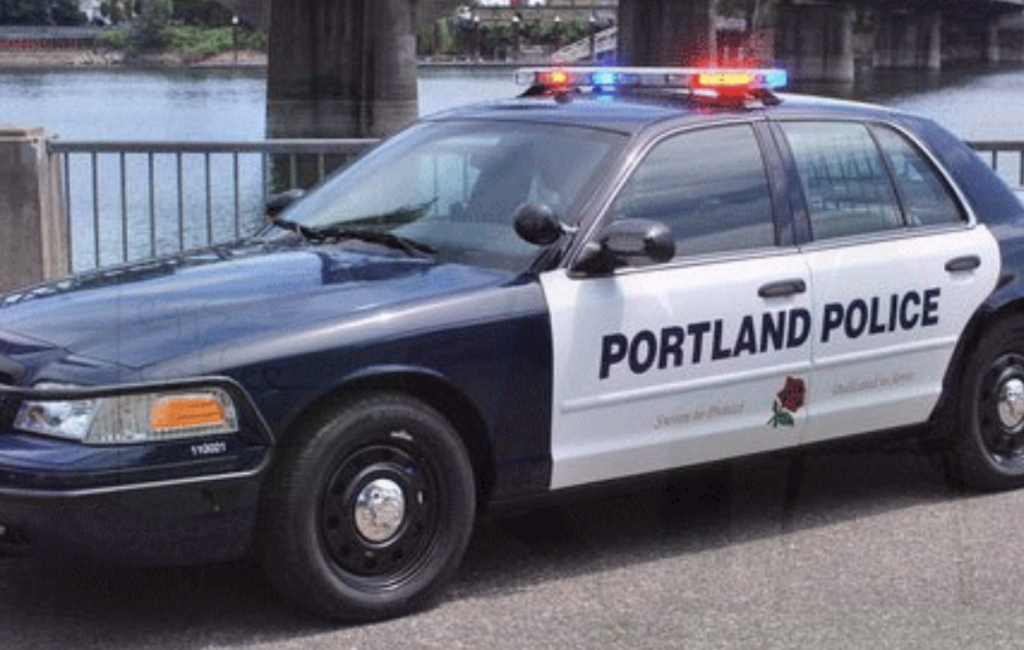


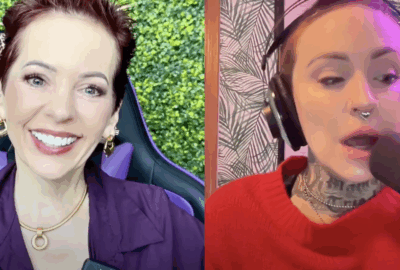
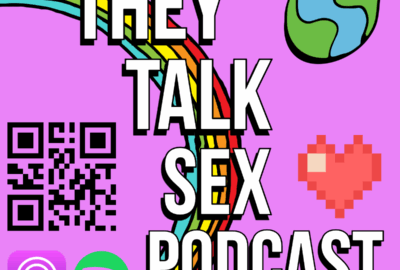


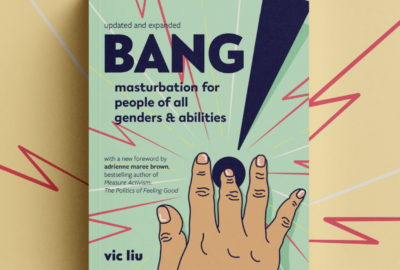

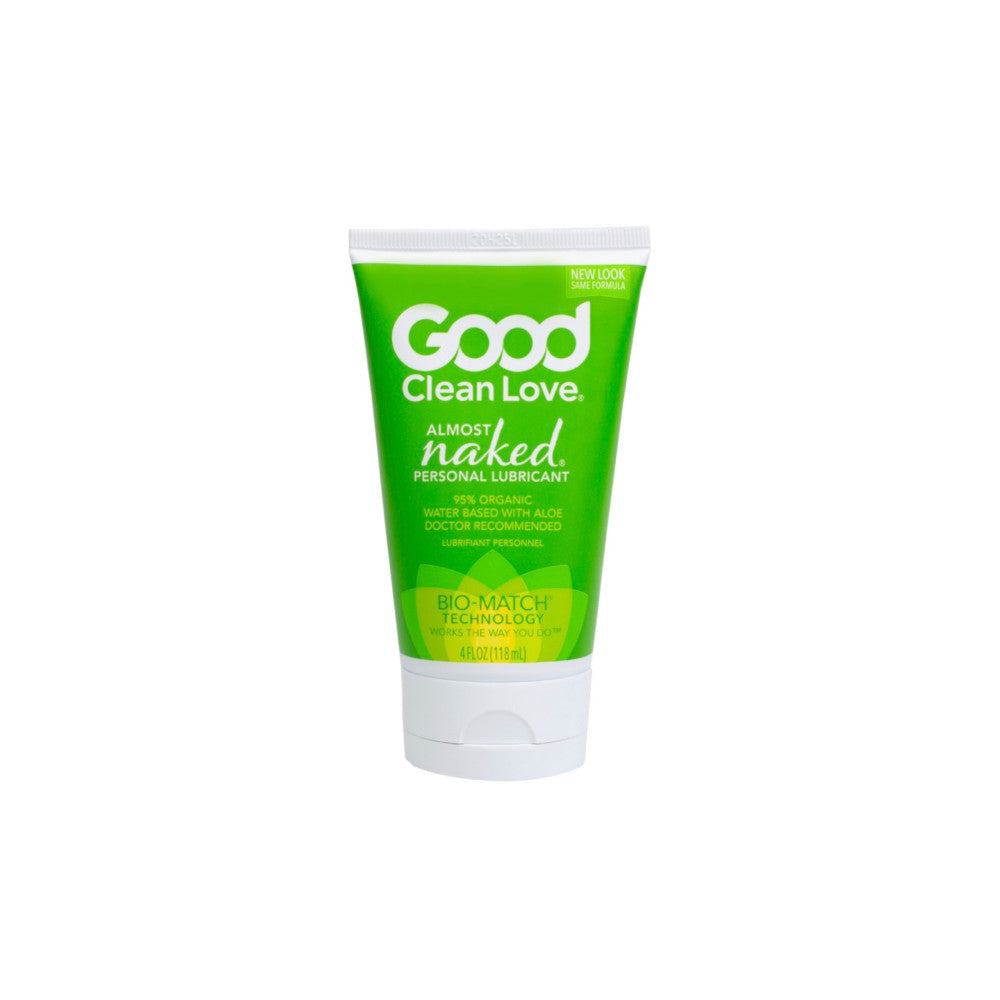


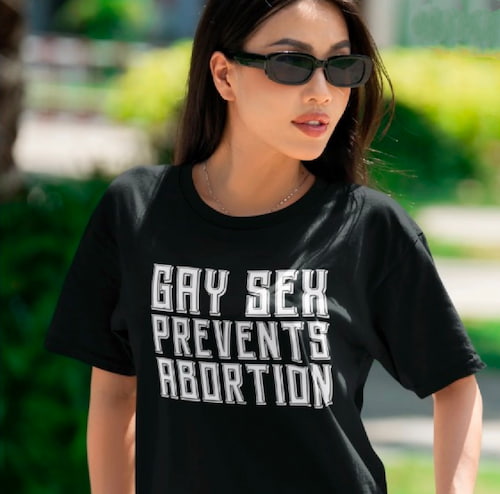





Leave a reply